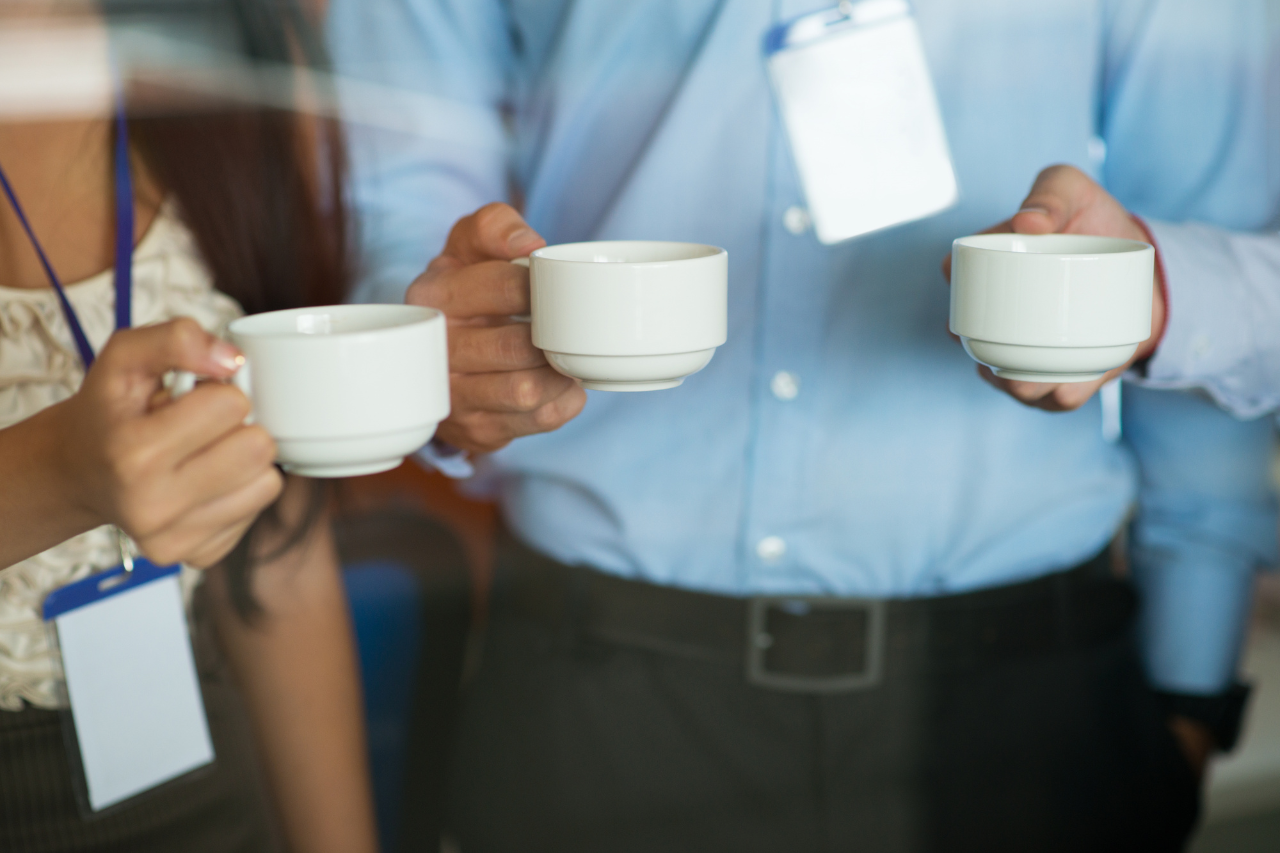Time blocking is a great way to stay focused and get things done. It’s also known as “systematic time management,” and many successful people use it.
If you want to be productive in less time, then time blocking is for you! You don’t need to worry about other people’s actions because you can focus on your goals and get things done.
1: Start With The Most Important Tasks

The first thing you need to do is to start with the most important tasks. Then, you’ll be more motivated, have more energy for the rest of your list, and have more time for other things.
During each block, focus on one thing at a time, and don’t check your phone or emails. When you block out time, it helps to focus on one thing at a time.
Don’t get distracted by other things, and don’t check your phone or emails during that block. If you need to do so, set aside a specific time when it’s okay to check your phone or emails.
2: Start by Defining Your Short-Term Goals.

Start by defining your short-term goals. You want to accomplish these things in the next 3 months, 6 months, and so on.
Then define long-term goals for a year from now, 3 years from now, and so on (e.g., if you spend 10 hours per week on this task, it will take at least twice that amount of time).
Finally, determine how much time you can spend each day on each goal (this will vary depending on how ambitious or realistic you expect).
If there is no way that anything can be done within these parameters while still allowing enough time for other tasks like work or family responsibilities, then simply make sure those other activities are taken care of before getting stuck into something else entirely; otherwise, it could mean losing out completely!
3: Define How Much Time You Can Spend on Your Goals

One of the most important things you can do to achieve your goals is to set them before you start. If a goal is too vague, it’s almost impossible to reach.
For example, if a person wants to lose weight and improve their health, they might lose 20 pounds by next year.
But if they don’t know how much weight they need or what kind of shape their body needs to be healthy enough for this kind of change, then it will be nearly impossible for them.
You can use a time tracking software like Week Plan to help you with this. Week Plan is a goal-oriented productivity tool that can help you track the time you spend on your goals.
Here are a few ways you can use Week Plan to track your time:
- Set up your goals and tasks: In Week Plan, you can create a list of your goals and the tasks associated with each goal. You can also assign deadlines and priorities to your tasks.
- Track your time: As you work on your tasks, you can use the timer in Week Plan to track the time you spend on each task. This will help you better understand how much time you spend on each goal and task.
- Review your progress: At the end of each week, you can review your time on each goal and task to see how well you’re progressing. This will help you identify any areas where you may need to adjust your time management strategies.
- Make adjustments: If you find that you’re spending too much or too little time on certain tasks or goals, you can use Week Plan to adjust your priorities and allocate your time more effectively.
4: Set Realistic Goals

Another problem with setting goals without defining them first is that people often think about what they want instead of focusing on why they want it in the first place—and then end up frustrated when their hopes are not realized because no one has ever told them why these things are important or why achieving those ends would make life better overall (or even slightly better).
Setting realistic time limits on each goal can own up when something gets too big/complex/tedious etc., which brings us back around a full circle where we started before starting all over again!
5: Use Your New Lists to Create a Schedule For The Next Day

If you’re feeling overwhelmed, use your new lists to create a schedule for the next day.
For example, if you have several tasks that need to be completed by noon and another set of things that need to happen at 3 p.m., put those tasks in order of importance on Monday morning’s list, so they are processed first thing into Tuesday’s agenda.
If there are too many items on one day’s list, break them up into smaller chunks (for example: “On Tuesday morning, I’ll do this first” or “On Wednesday morning, I’ll work on this”).
You can also create separate lists for each week, during which blocks are allotted for specific tasks; this helps keep everything organized without having multiple versions of each task floating around in your head all day long!
6: Do Not Forget About Breaks & Exercises!

Do not forget about breaks and exercise during this process—they’re important parts of staying productive throughout the day!
7: Stay Consistent!

The longer you keep it up, the more effective it becomes. So it’s important to stay consistent with your time blocking.
If you struggle with getting through your blocks and are tempted to give up, try these tips:
- Set a goal for each block. For example, “I’ll do three minutes of reviewing today.” Or maybe something less specific, like, “I’m going to read one chapter in my book this evening.”
- Then, when it’s time for that block, set the alarm on your phone or computer so that when the alarm goes off (or whatever method works best), read for only two minutes before moving on to another activity!
- If anything gets in the way of these goals—an email from an old friend or an incoming text message—just ignore them until their next scheduled date/time arrives again, at which point they can be dealt with accordingly.
- This will help prevent procrastination from entering into play again later down the line during similar situations where distractions may arise instead of focusing solely on completing whatever task at hand requires attention throughout its entirety.
- Block when you’re usually tired and will be less productive anyway.
- Block out the times when you are most likely to be distracted.
- Block out the times when you are most likely to be tired.
- Block out the times when you are most likely to be hungry or bored.
8: When You Need a Break, Do Something Different

You should keep your mind busy when working. But what about when you need a break? If sitting at your desk for 20 more minutes makes your head spin, try taking a walk or doing something completely different than what you’ve been working on.
A good example is taking a nap instead of staring at the screen all day—it will help keep both body and brain fresh!
Conclusion
We hope you found these tips helpful and that they can help you get more done in less time. Remember: don’t let the pressure of work overwhelm you; there are other options!
We encourage you to try out some of these techniques and see how they work for your situation. It is essential to take control of your schedule so that it works for YOU instead of against you.

More Posts
Top 8 Best Daily Planning For Entrepreneurs
Balancing work and personal life is crucial for entrepreneurs to maintain overall well-being and success. It allows entrepreneurs to avoid burnout, enhance productivity, and foster healthy relationships. Daily planning is organizing and prioritizing...
Top Picks For Best Daily Routine Planners (Free & Paid)
Never miss a deadline again with these 8 best daily routine planners for increased productivity. Read this blog to know which daily planner works best for you. Are you tired of keeping up...
The Big Secret of Having A Productive Day
A productive day is the outcome of the total input you put into your work to complete your tasks, and having a clear to-do list plays a vital role in making that happen....
8 Essentials Tips for Scaling Your Business
Scaling your business effectively is an exciting milestone, but also a critical phase that requires careful planning. It’s not just about business growth but also about expanding efficiently without sacrificing the quality of...